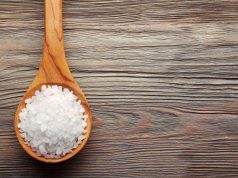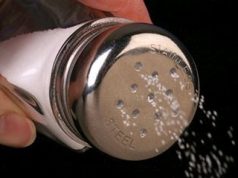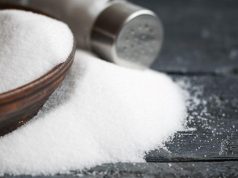High sodium intake increased frequency, severity of lightheadedness with DASH diet, but not with control diet
FRIDAY, Feb. 22, 2019 (HealthDay News) — Higher sodium intake in the context of the Dietary Approaches to Stop Hypertension (DASH) diet is tied to more frequent and severe lightheadedness, according to a study published recently in the Journal of Clinical Hypertension.
Allison W. Peng, from the Johns Hopkins University School of Medicine in Baltimore, and colleagues used data from 412 participants (mean age, 48 years; 57 percent women; 57 percent black) in the DASH-Sodium trial (1998 to 1999) to assess the presence and severity of postural lightheadedness at baseline and after each feeding period for each of the three sodium levels (50, 100, and 150 meq/day at 2,100 kcal).
The researchers found that among those consuming the DASH diet, high sodium increased lightheadedness (odds ratio [OR], 1.71; 95 percent confidence interval, 1.01 to 2.9; P = 0.047) and severity of lightheadedness (P = 0.02) versus low sodium; high sodium did not affect lightheadedness in those consuming the control diet (OR, 0.77; 95 percent confidence interval, 0.46 to 1.29; P = 0.32). Among those consuming high versus low sodium in the context of the DASH diet, compared with those ≥60 years, adults <60 years old reported more lightheadedness (P-interaction = 0.04), as did those who were obese versus nonobese (P-interaction = 0.01).
“These findings challenge traditional recommendations to increase sodium intake to prevent lightheadedness,” the authors write.
Copyright © 2019 HealthDay. All rights reserved.








